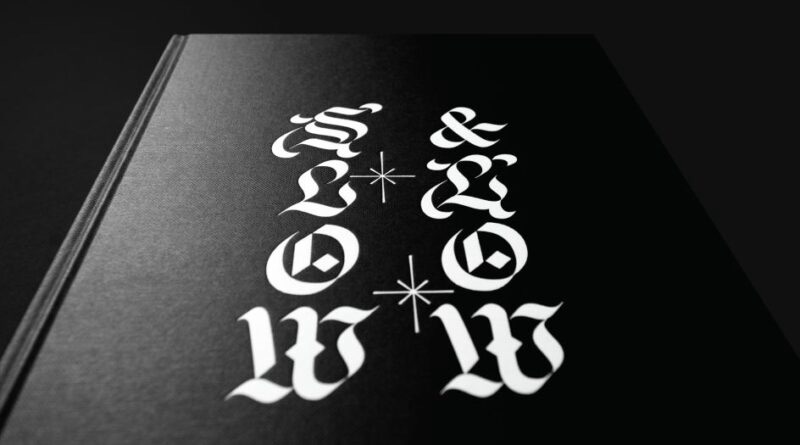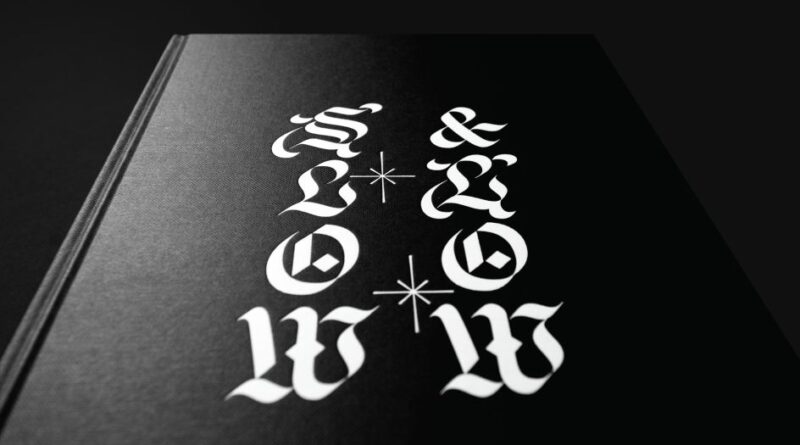FC Barcelona
A new book by Span pays homage to the culture of the underdog


Chicago-based Studio Span has created the latest edition of Chicago’s Lowrider community called Slow & Low, featuring familiar characters and graphics that “create a movie-like sound”.
The Lowrider culture emerged in the 1940s, created by Mexican-American veterans whose custom-built, low-rider vehicles became an extension of their personalities. Lowrider cars were popular in the mid-20th century and are still part of Chicano, Mexican, Aztec and ancient car culture.
Slow & Low was originally founded in 2011 as an annual Chicago street festival but has since grown into a world-class event with over 10,000 attendees. Navy Pier — one of the largest tourist destinations in the Midwest — has hosted the festival for the past two years, as people come from far and wide to celebrate Lowrider culture on a candy-colored reconstruction of the ride. . vintage cars while enjoying Chicano, Mexican, and Aztec art and performances.
Although subculture is closely linked to its birthplace – Los Angeles, California – strong subcultures have emerged in Tokyo, Jakarta and São Paulo. Slow & Low wanted to create this new book to honor members of the Chicago community while sharing their presence and stories with communities around the world. The publication showcases an archive of photographs documenting twelve years of Chicago’s Lowrider community and culture of innovation and purity through the lens of Slow & Low festivals.


Span’s partner Nick Adam grew up in Chicago in the 1990s, among “subcultures of punk, raves and graffiti”, according to Slow & Low co-founders Lauren M. Pacheco and Peter Kepha. “Being part of these diverse communities of self-expression promotes cultural competence and trust,” says Adam. “Although we have known each other for fifteen years, it was two years ago that Pacheco and Kepha came to me in Span to discuss the possibility of cooperation in a way that respects the identity of the local community. “
Collaborating with Slow & Low was particularly exciting for Adam, as he feels that subcultures are “often overlooked or misrepresented” and that the design has the power to “level the playing field”. playing, raising voices and making crafts that become part of history”. The unfortunate truth is that many cultures and peoples do not have the means to plan, which can lead to historical records being distorted in favor of those who have the means to preserve their stories.
At the start of the process, Slow & Low shared twelve years of photos from their events, captured by fourteen photographers. The first discussions focused on “the desire to deviate from the conventional aesthetics found in car culture and photo books”, according to Adam.
He believed that “producing one beautiful picture at a time would not be enough” and that the novel must “transcend cultural norms and penetrate deep into the cultural narrative “. It had to represent faith, family, and friendship based on discredited traditions.




To create a photo book that is unique in content and design, Span has ensured that every decision is rooted in the culture of understatement. Slow & Low’s book cover and festival look use a black font from Sharp Type called Respira, which the studio carefully designed to optimize its usability.
“Blackletter was a natural choice, compatible with the aesthetics of low and Chicano cultures”, Adam explains. “This connection is due to their deep connection with faith-based traditions, where blackletter is often used in letters or handicrafts.”
Blackletter has great importance in Chicago’s visual culture for the same reasons, visible in contemporary symbols such as the White Sox logo, which has become one of the most recognizable symbols in hip-hop. and lifestyle aesthetics.
The body of the book is set in Canela, a typeface created by Miguel Reyes at Commercial Type, chosen by Span for its contrast and lightness. Adam describes it as having “flamboyance and grace, which reminds us of the underdog,” which sits between serif and sans serif and defies traditional elements.


“In ordinary book design and editorial work, the columns are often aligned at the top, known as hanglines; however, by adopting the perspective of the underdog, where underdog is measured success, the paragraphs of the Slow & Low book are aligned as low as possible”, he adds.
The columns also have a sense of abstraction, showing the pulsating movement of the subject, like the grid of the book, which Span used to organize the photographs. Adam describes how a “complex system of pagination balances between variation and repetition”, highlighting changes in perspective and creating contextual relationships.
“As the reader progresses from page to page, the images create a film-like sound. Through zooming and varying angles, viewers are immersed in a sensory journey, the same and the experience of watching the lowly people come down the line”, he says.




The front and back covers of the book use metallic silver ink with a glossy quality similar to the shine of low-end cars and their chrome work. Span deliberately used a single-color printing process for these parts to reduce printing costs while improving quality.
The full-color pages are printed on glossy pages, and each photo has a dot of gloss, which enhances the vibrancy and depth of colors and produces “clear, candy-colored undertones”, to said Adam. “The cover is written in black and white, which shows little understanding of the lower class society. This choice encourages integration and respect by avoiding prejudice towards any special colors adopted by car groups.”
#book #Span #pays #homage #culture #underdog







